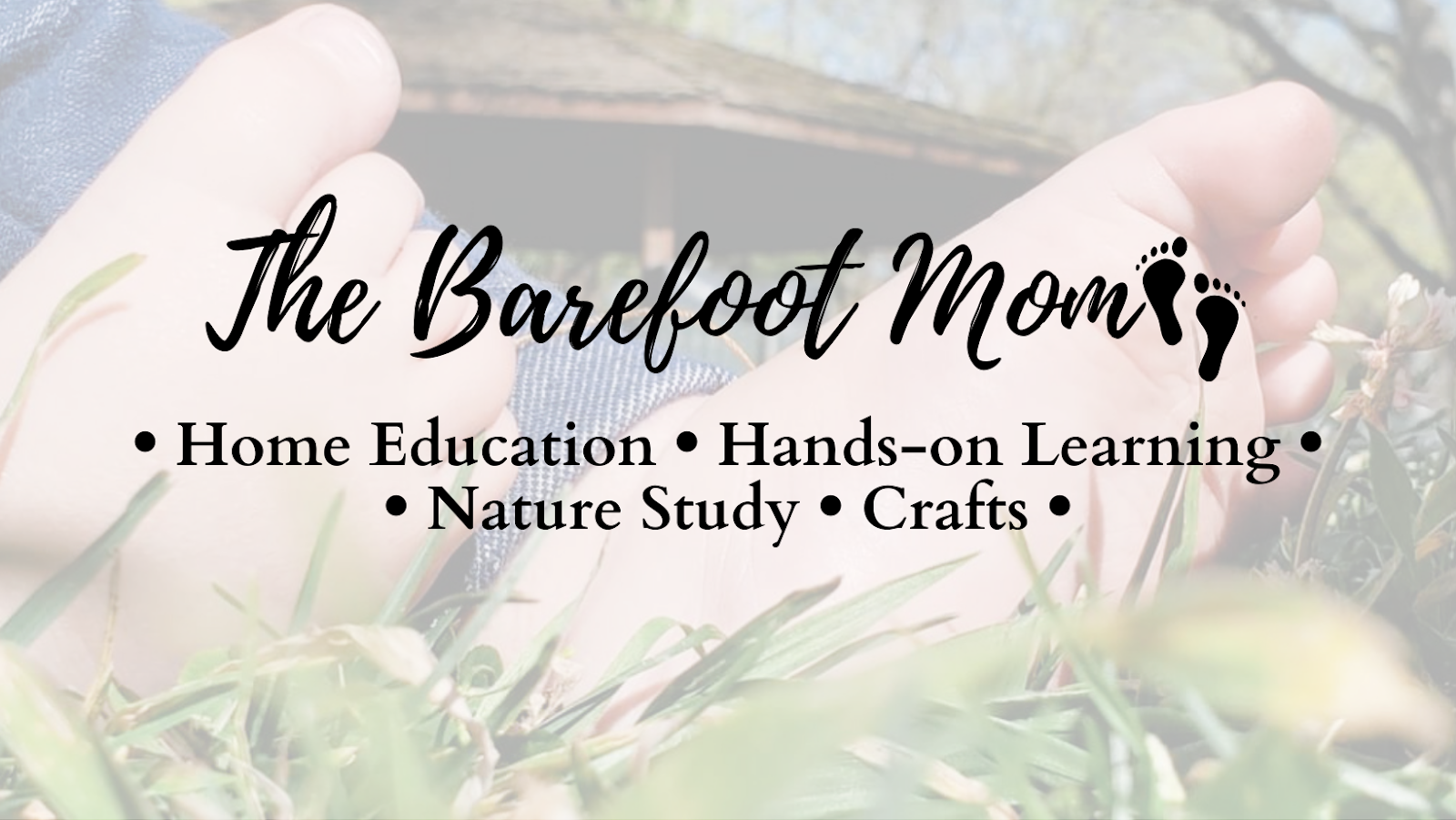Exploring in nature can provide a wonderful foundation for your family's science lessons. All you need is a wild space (or just a backyard or neighborhood park) to explore, some simple journaling supplies, and a few resources for researching about all the interesting things that you come across.
Why Study Nature?
Nature study is a wonderful way to add more science to your homeschool days. There is so much to be learned by just observing the natural world around us. Nature study requires very little planning and supplies, so it's easy for parents to facilitate. Kids tend to be instictivley curious about the world around them, so it's easy to get them on board. It's also a good way to slow down and appreciate the beauty of God's creations.
How to Get Started
Just grab a journal or some paper on a clipboard and some colored pencils or watercolor supplies, and head outside. Choose a spot and observe the plant and wildlife that you see. Have your kids draw, paint, photograph, and take notes about things that interest them. If something piques your child's interest, help him/her research about it. Below are some of the resources my family uses for our nature research.
Nature Study Resources
Apps:
•iNaturalist- This app helps you identify animals, plants, and fungi via photos and your location.
•Google Lens- Google Lens can help you identify or find information about all sorts of things, making it great for nature study. It's accessible via the app, the search engine, and Google search widgets. Just push the little camera icon next to the search bar and snap a photo of whatever your trying to learn about. Then sort through your search results.
•Merlin Bird ID- This app is so cool! It's a bird identification app that allows you to identify birds via description, photos, or sounds.
•Rock Identifier- This one is just what it sounds like, an app that helps you identify rocks.
•SkyView- Skyview is another one of my favorites. This app helps you find celestial bodies like constellations, stars, and planets in the night sky. We use this one a lot when we have our telescope out.
•Picture Insect- Picture Insect identifies insects via photos.
•AllTrails- AllTrails helps you find and navigate trails.
Books and Pocket Guides
•Golden Field Guides- The Golden Field Guides series are pocket guidebooks available in a variety of topics including birds, wildflowers, insects, pond life, mammals, reptiles and amphibians, and more.
•A Pocket Naturalist Guides- These are another great set of pocket guides! They come in a wide variety of topics and many are area specific. My family owns a Texas birds one, a Texas wildlife one, and one about edible wild plants of North America.
•Practical Naturalist Field Guide: an Illustrated Guide to the Natural World- This one is a little pricey, but it's wonderful.
Websites
•USDA Plant Database- This website is an online plant database that allows you to search for plants by name, photo, or characteristics.
•Mindat.org- Mindat is an online rock and mineral database. It allows you to search for minerals and rocks by name, chemistry, properties, or location.
•The National Audubon Society's Guide to North American Birds- This is the National Aubodon Society's online bird guide.
•Insectidentification.org- This bug identification site allows you to search for insects by state or insect type.
•Audubon for Kids- This site has all sorts of bird related activities for kids.
•NatureTracking.com- This is a great site for helping identify animal tracks.
Nature Journals, Handbooks, and Printables
• The Ultimate Nature Study Pack- Explore trees, plants, insects, fungi, birds,and more with this 40-page collection of nature study resources.
•12 Months in the Forest, Nature Study Handbook from Thinking Tree- 12 Months in the Forest is a guidebook for studying nature. It encourages students to observe, draw, research, and write about various nature related topics including animals, plants, weather, seasonal change, and more.
•Exploring Nature Journal for Kids by Kim Andrews- This is a good nature journal for anyone looking for something very basic. Each page contains space to record date, time, location and observations, and space for sketching and journaling.
•The Nature Explorer's Sketchbook by Jean Mackay- The Nature Explorer's Sketchbook is a really lovely journal. It has a few pages with journaling prompts and tips and lots of space for free choice journaling.
















Comments
Post a Comment